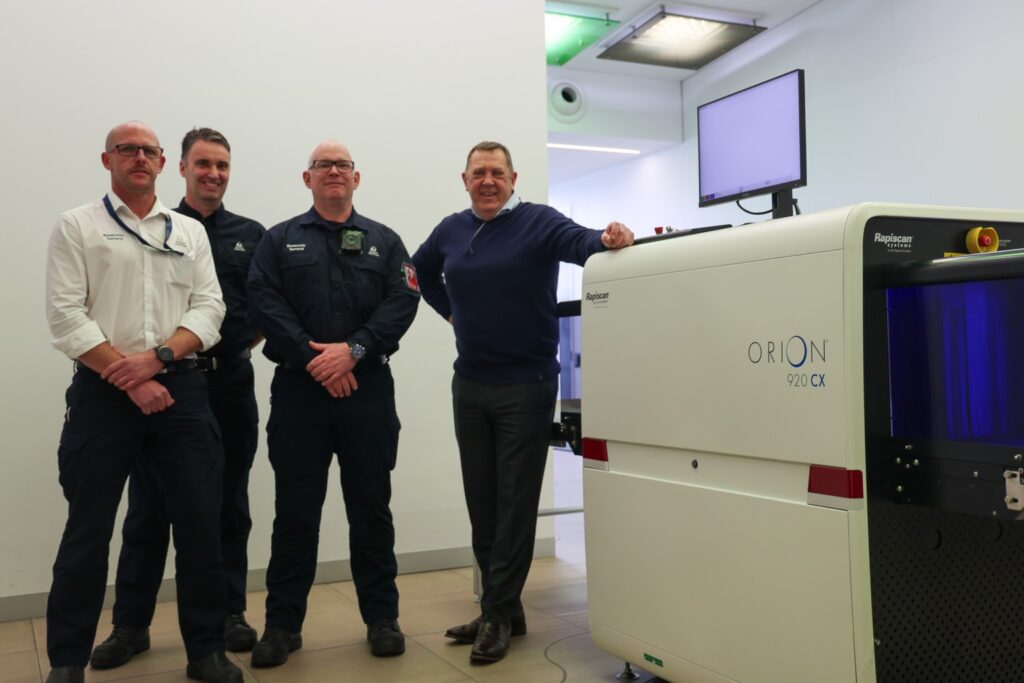
Tasmania has bolstered its biosecurity defenses by installing advanced x-ray machines at Hobart and Launceston Airports. This cutting-edge technology enables biosecurity officials to scan the hand luggage of arriving travelers for prohibited plant materials and other risks that could threaten the state’s agricultural sector.
Primary Industries Minister Gavin Pearce emphasized the strategic importance of these machines in enhancing Tasmania’s biosecurity capabilities. “By implementing this new technology, our much-loved detector dogs can focus on carousel baggage while staff use the x-rays for passengers at the arrival gate,” Pearce stated.
These machines have been deployed just in time for the higher biosecurity risk months of spring and summer, when plant pests and diseases become more active. This initiative is part of Tasmania’s comprehensive biosecurity system, which leverages the state’s island isolation to prevent the introduction of harmful pests and diseases.
Strengthening Biosecurity Measures
The introduction of x-ray technology at the airports represents a significant step forward in Tasmania’s ongoing efforts to safeguard its unique ecosystem. The island’s isolation has long been a natural barrier against invasive species, but increased travel and trade pose new challenges.
According to biosecurity experts, the deployment of these machines could significantly reduce the risk of new pest introductions. “The technology allows for a more thorough inspection process, ensuring that potential threats are identified and managed before they can cause harm,” explained Dr. Emily Richards, a biosecurity specialist.
Public Vigilance and Responsibility
Alongside technological advancements, authorities are also calling for increased public vigilance. Minister Pearce highlighted the importance of community involvement in biosecurity efforts. “It’s a timely reminder for Tasmanians to keep an eye out for anything unusual in their fruit and vegetables and report any signs of fruit fly or other pests or diseases immediately to Biosecurity Tasmania,” he urged.
This call to action is part of a broader strategy to engage the public in protecting the state’s agricultural industry, which is a vital component of Tasmania’s economy. Public awareness campaigns are being rolled out to educate residents and visitors about the signs of biosecurity threats and the steps to take if they encounter them.
Implications for the Future
The installation of these x-ray machines is expected to have far-reaching implications for Tasmania’s biosecurity framework. By integrating advanced technology with traditional methods, such as detector dogs and public reporting, the state is setting a benchmark for biosecurity practices.
Looking ahead, experts believe that similar technologies could be adopted in other regions facing biosecurity challenges. The success of Tasmania’s approach could serve as a model for other jurisdictions seeking to protect their agricultural industries from invasive species.
As Tasmania continues to refine its biosecurity measures, the collaboration between technology, government policy, and public participation will be crucial in maintaining the integrity of the island’s environment and economy. The ongoing commitment to innovation and vigilance underscores the importance of biosecurity in a rapidly changing world.






